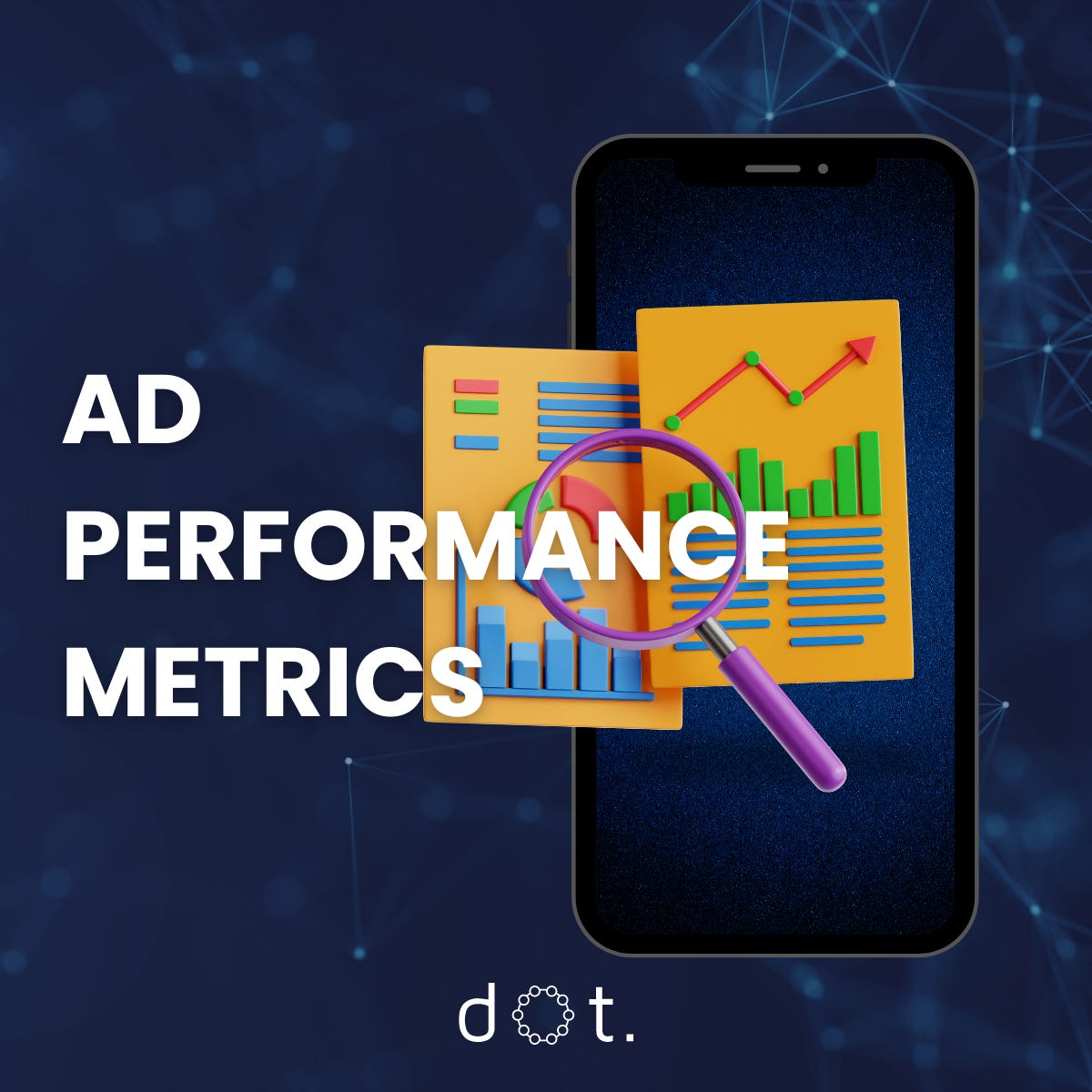Mastering Ad Performance Metrics
Boost Revenue with Expert Insights
Do you want to optimize your revenue streams? Then you have to understand how to measure ad performance on your website.
After all, nobody knows your website's goals and aspirations better than you. The more you grasp about ad performance metrics, the more control you have to grow.
There are four main ways to measure ad performance: CPM, CTR, RPM, and RPC.
CPM
What it is: The go-to metric for advertisers is CPM or cost per mile. It calculates the cost per thousand views of an advertisement.
Essentially, it helps measure the approximate cost of placing an ad or running a campaign across various platforms. CPM allows advertisers to compare the efficiency of different advertising opportunities and evaluate campaign costs.
How you calculate it: For example, if an ad campaign costs $500 and garners 100,000 impressions, the CPM would be $5 ($500 divided by 100).
Why it is important: By understanding how much it costs to reach a thousand viewers, advertisers can compare different advertising opportunities and allocate their resources effectively. For publishers, knowing the CPM can also provide insights into the potential revenue they can generate by selling ad space on their website.
CTR
What it is: CTR, or click-through rate, measures how successful an online advertising campaign is for a website.
It's expressed as a percentage and is calculated by dividing the number of ad clicks by the number of ad views.
How you calculate it: For instance, if an ad is shown 1,000 times and is clicked 10 times, then the CTR would be 1%.
Why it is important: A high CTR suggests that the ad resonates well with the audience, leading to increased traffic and potential conversions. Advertisers can use CTR to measure the performance of their ad creatives, while publishers can optimize ad placements and formats to maximize user engagement and revenue.
RPM
What it is: RPM, or revenue per 1,000 ad impressions, is similar to CPM but measures revenue instead of cost.
It helps publishers track their revenue performance. Advertisers use CPM to measure cost performance, while publishers use RPM to measure revenue performance. Maximizing RPM is crucial for publishers to optimize their ad revenue potential.
How you calculate it: For example, if a website earns $100 from 50,000 ad impressions, the RPM would be $2 ($100 divided by 50,000, then multiplied by 1,000).
Why it is important: By monitoring RPM, publishers can assess the overall performance of their ad inventory and identify opportunities for revenue optimization.
Understanding RPM allows publishers to make informed decisions about ad placements, pricing strategies, and content optimization to maximize ad revenue.
RPC
What it is: RPC, or revenue per click, reveals how much revenue is generated per ad click or PPC keyword.
It's a useful metric to assess the monetization potential of ad inventory. By comparing RPC with metrics like RPM, publishers can identify high-performing ad placements and keywords.
How you calculate it: For example, if a website earns $200 from 100 ad clicks, the RPC would be $2 ($200 divided by 100).
Why it is important: By tracking RPC, publishers can evaluate the effectiveness of their ad placements and content in driving user engagement and generating revenue. Publishers can use RPC data to optimize their ad strategies, focusing on ad formats and placements that yield higher revenue per click and maximizing overall ad revenue potential.
Wrapping up
The more you understand these advertising metrics, the better equipped you are to optimize ad performance on your website.
Each metric offers unique insights into different aspects of advertising, painting a comprehensive picture of your website's revenue streams.
There isn't a one-size-fits-all metric for measuring ad performance. That’s why you should use a combination of metrics!
DOT Publishers: Your Monetization Partner
Designed to boost your website's revenue incrementally while maintaining your current networks and enhancing overall performance.
With DOT Publishers, you gain access to a platform integrating multiple income streams seamlessly. Without sacrificing UX!


